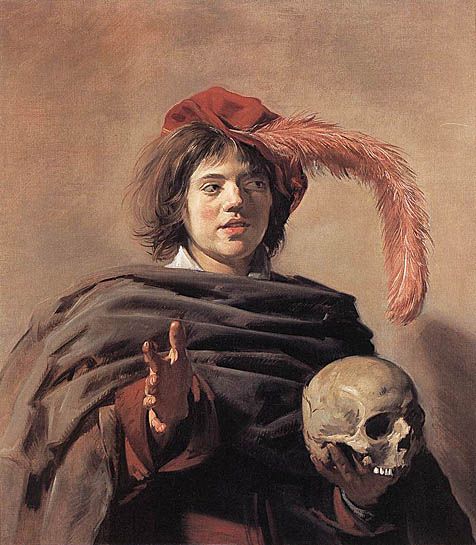Since its creation, people have had mixed feelings about social media. Some love it, some hate it, some think it’s fine in moderation, and some don’t even know how to turn on a computer. It’s pretty widely agreed upon, however, that social media negatively impacts mental health, especially in children and teens. Every day, adolescents log in only to be constantly bombarded with photoshopped images of models, offensive memes, and bigoted opinions. These impressionable kids find themselves constantly comparing themselves to others, thinking they’re not good enough.

They may end up feeling like the opinions of strangers on social media define them. Cyberbullies hide behind their screens, making victims of bullying feel like there is no escape. There are even harmful hashtags encouraging eating disorders as if they’re a good thing.
However, in recent years, a shift seems to have occurred. As the social climate of the internet changed, it became less acceptable to bully others for their mental illness, and easier to talk about your own. Mentally ill folks began making jokes at their own expense, claiming power over their own social media personas while coping with humor. This opened up the door for more serious talk regarding mental illness. Apps such as Instagram began hiding “likes” on posts, blocking comments with offensive words or slurs, and suggesting help hotlines when a user searches keywords related to depression.
Nowadays, there are plenty of safe spaces within social media for people to turn to when they’re struggling. Body positive accounts such as @selfloveliv and @millykeepsgoing on Instagram showcase the beauty of different body types, alongside encouraging and honest captions about the pressure to be perfect. Facebook groups like “Depression Meals: Gone Wild” provide a space for people to vent openly about their struggles and receive support and advice from others who have gone through the same thing; this particular group revolves around photos of what these depressed individuals are eating, which starkly contrast the elaborate, expensive meals that are often posted online. The #mentalillnessfeelslike hashtag shows a realistic, unromanticized version of mental illness and can help loved ones understand what a person is going through. People with anxiety and depression can meet supportive friends without ever leaving their homes. These online communities form a sense of solidarity between people who are struggling, and more importantly remind them that they aren’t alone in what they’re feeling. Social media can act as a helpful reminder that mental illness is normal. It can be easy for someone with mental illness to feel like everyone else has their lives together; sometimes it’s just nice to know that other people eat cold ravioli out of the can for dinner, too.
Moreover, social media has become an outlet to spread awareness and information about mental illness. For years, I’ve experienced symptoms of ADHD without ever realizing what was going on. Even after I knew I had ADHD, it was hard to fully understand what that meant. ADHD just makes it hard to focus, right? It wasn’t until I stumbled upon TikTok sensation Connor Dewolfe that I realized ADHD was so much more than that. Thanks to social media, I now understand that ADHD causes me to procrastinate important work, act impulsively, and to get overstimulated by sounds and sensations. In fact, social media taught me the definition of the word overstimulated as it applies to ADHD, and has helped to normalize many words relating to mental illness. Not only can social media help us better understand ourselves, but posts, memes, and videos can easily be sent to friends and family members to help them better understand what we’re going through.
So, although social media is far from perfect, it’s becoming a safer place to express yourself and helping to destigmatize mental illness. It’s been incredibly impactful in changing the language we use for mental illness, and in normalizing the struggles that many of us face on a daily basis. The culture of social media has transformed rapidly over the past several years; who knows what it will look like in the future?



